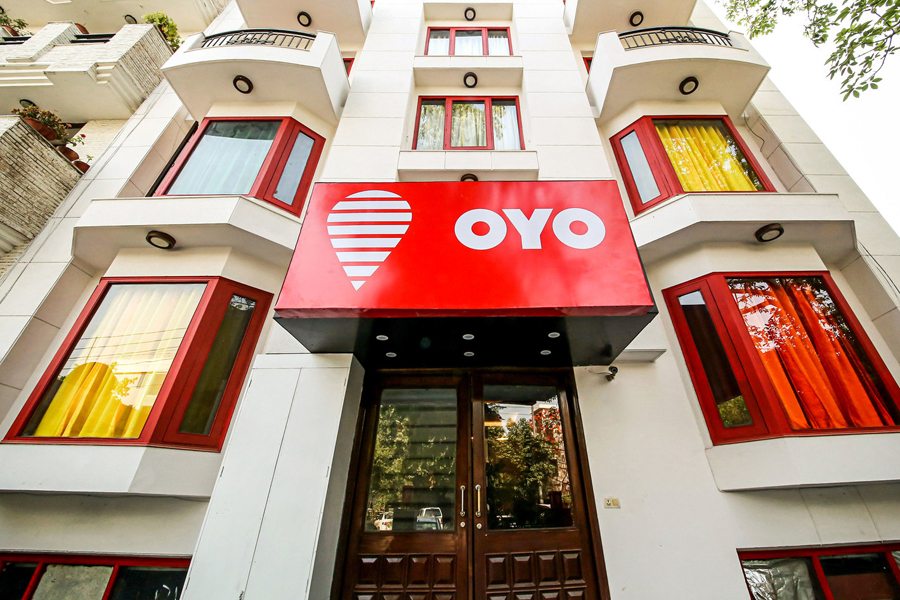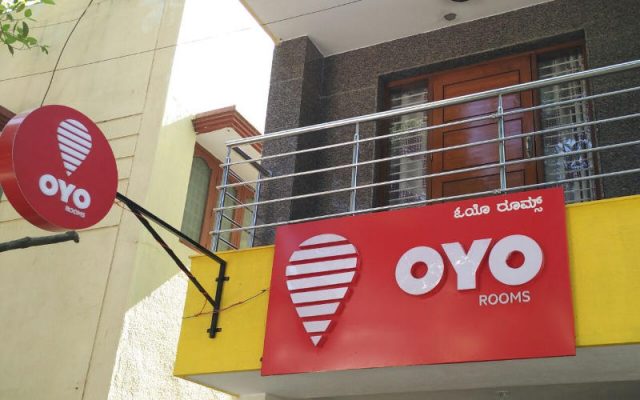How many times are we suggested by our friends and acquaintances to simply book an OYO when we are having issues finding a suitable hotel across India?
Well, this is because OYO Rooms is the largest branded network of hotels currently operating in India and with a wave of startups coming up and going down every year, this is one which has stood the test of time.
Founded in 2011 and the brainchild of college drop-out Ritesh Agarwal, OYO Rooms has even managed to raise investment of $250 million by SoftBank which kind of explains how it has managed to build such a brand image among the Indian customers.
So it is quite natural for you ignorant souls to be piqued by the unique business model based on which OYO Rooms is making its revenue just like I was.
Here is a super simple explanation of OYO’s business and revenue models:
How Is OYO’s Business Model Different From Other Hotel Aggregators’?
Because of the simple fact that they are not just a “hotel aggregator”!
What a usual hotel aggregator like Goibibo or MakeMyTrip does is that it simply bridges the gap between the hotels and the guests by listing hotels on its online portal and taking a commission from the listed hotels in return for getting them customers.
OYO Rooms does business in a slightly different way.
Instead of aggregating hotels on its website and taking commissions, what it does is that it rents or blocks a few rooms of different hotels on per month basis for which it pays to the hotels. Moving forward, these rooms are then standardized by OYO with its branding and services and then it resells it to the customers via its website and mobile application.
Also Read: Know All About Updating Your Address In Aadhaar Online
But why do hotels rent out their room inventories to OYO Rooms?
Simple because it is profitable for them.
If I own a hotel with 15 rooms but am able to sell only 10 rooms to my customers every month at the rate of 1000/-, the rest of the 5 rooms are vacant. OYO comes to me and books those 5 rooms for an entire month paying me 5000/- in advance. Now it is up to OYO to standardize those rooms, give them its’ branding and resell them. I have received my money for those 5 rooms and am sorted for the whole month! It is, of course, an attractive deal for me as a business owner.
But how does OYO Rooms make profit with this business model?
Well if OYO has booked a hotel’s rooms at the cost of 1000/- per room, they would be selling it to the customer at a rate of say, 1100/- on its website. This way they are making a profit of 500/- (just an example of course).
However, there’s a catch here.
Because OYO Rooms is still in its nascent stage and is growing, it has to offer hotel rooms at rates lower than what other hotels are offering in order to stand out in the competition.
That’s why OYO offers a lot of discounts to its customers while booking via their mobile app or website which forces them to make losses. But since it has managed to raise such a huge funding from Venture Capitalists, I don’t think that is a problem just yet.
So, all in all, I would say that OYO Rooms is growing, although right now at a cost but that cost will be worth it afterward.
According to its annual report card, in the quarter ending June 2017, OYO has witnessed its highest grossing month with total booking value closed to a $100 million and has achieved 12× growth in the last two years in terms of revenue generated.
OYO Rooms has made its mark in the budget hotel industry in India and we can safely say that it is here to stay (as of now at least).
Sources: Economic Times, LiveMint, oyorooms.com, FeedDough.com
Images Source: Google Images
Other Recommendations For You:
http://edtimes.in/2018/01/why-dont-we-talk-about-the-extremely-successful-business-model-of-paytm/








































